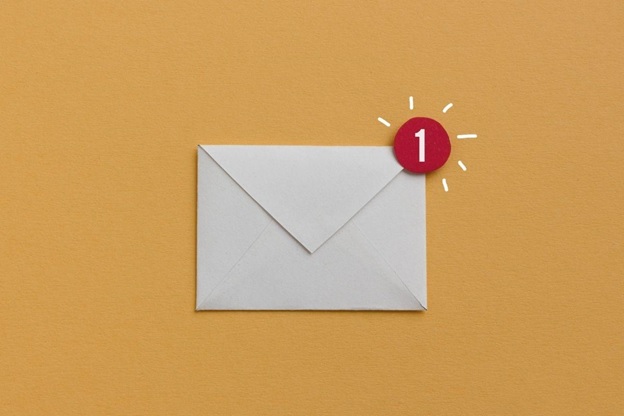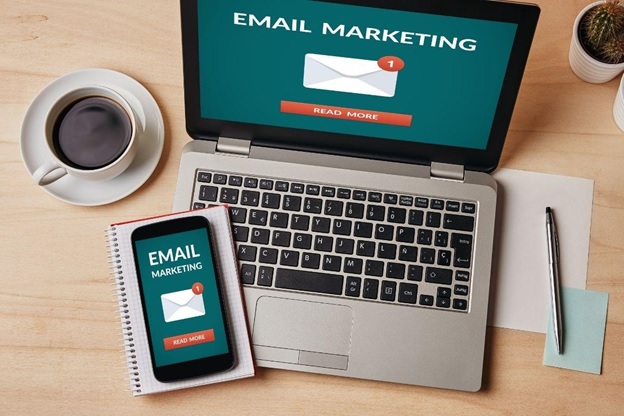Best Email Marketing Automation Practices that Drive Clicks
Email marketing remains one of the most effective digital marketing channels for businesses today. However, it is evolving.
Although one-off campaigns and newsletters will always have a place in some companies’ email marketing strategies, the smartest firms are now setting up automatic email campaigns.
Why? Because automatic email works. They are timely, hyper-relevant, and personalized to the reader. Automating your email campaigns has the potential to aid revenue growth and increase your operational efficiency.
In this blog post, we’ll discuss what email marketing automation is and how it works as well as the best practice tips to make sure you are optimizing your email automation efforts.
Check out our best email marketing automation practice guide below to learn how to nail better email automation each time to reduce errors, save time, increase your email personalization, and eventually take your lead from hi to buy!
Let’s start with…
Table of Contents
What is email automation?
Email automation, at its core, is any transactional or marketing email that is sent based on triggers, schedule, or predefined rules the sender defines.
As opposed to one-off email campaigns and newsletters that you draft and send to your subscriber list in one go, an automatic email is set up once. Then, it will be automatically sent to a certain individual when that recipient meets a certain trigger.
To give you a better idea, let’s say your company wants to send an email to people every time they sign up for an account on your website. This welcome email shows how they can navigate your platform.
Doing this manually to every person who signs up on your website can be a huge waste of time. So, instead, you can use email automation. But if you’re selling a product or providing a service, your goal is to turn these recipients into customers/ clients.
That’s where the importance of email marketing automation practices comes in.

1. Make Your Email Sign-Up Process Simple
When it comes to building a solid email list for things like your periodic special offers or monthly e-newsletter, it is understandable that you want to attract as many valid email addresses as possible.
Making your email sign-up process simple can make that goal so much easier to achieve. One way you can do this is to show the actual sign-up on every page rather than a link.
This does not only highlight your registration process but will also encourage your customer to sign up right there without the need to load up a new webpage.
Avoid also asking for information that you can’t or don’t take beneficial action in your email marketing campaigns. Requiring, for example, ten data from the potential subscribers will only cause friction.
Then, send these new subscribers emails that make it to their inboxes. One way to make sure of that is by using an email deliverability tool.
2. Segment Your Customers/ Database Into Groups
Another strategy to turn subscribers into leads is to segment them into different groups based on their interests, purchase behavior, and demographics, among others. This helps you make tailor messages that are best suited for them.
This will also make sure that your subscribers receive only relevant emails, which then results in better engagement.
3. Sync Emails with Your Customers’ Buying Cycle
The buying cycle (or purchase cycle) is the process that a client or customer goes through when availing of a service or purchasing a product. They move through a series of buying stages.
The first part of this cycle is neet or problem recognition, where the buyer recognizes a problem that needs to be addressed. For example, they need a drink because they are thirsty. The second part of the buying cycle is an information search.
It is where the buyer will talk with friends, seek out ads, search online, or do whatever they can to gather important data about a potential purchase. The third part would be the alternative evaluation, where they evaluate different options that depend on their situation, lifestyle, or personality.
Then, the fourth and fifth parts of the customer’s buying cycle are the purchase decision and the post-purchase behavior. You have a higher chance of turning your subscribers into leads if you can sync your automated emails based on their buying cycle.
4. Take Advantage of Occasion-Based Marketing
Occasion-based marketing provides a framework for retailers and brands to use relevant events and occasions to build long-term customer engagement and drive sales.
So, you can also take advantage of this in your email campaigns. For example, you can offer a discount coupon to sweeten your greeting during a special occasion, like Christmas or birthdays.
5. Offer Incentive to Keep People Engaged
We call this scroll-based popup, wherein you offer an incentive to people who scrolled the whole article or page or your website. A popup message will read like this, “Do you want more like this in your inbox?”
6. Utilize Exit-Intent Popup
Whenever a site visitor intends to close the page or leave your website, you can use an exit-intent popup. For example, you can offer an incentive they can’t help but avail of.
A good exit-intent popup reads like this, “Wait! Want an extra 15% off your purchase?”
7. Make Use of Drip Emails
Drip emails are automated sets of emails sent to prospects or customers over time. In short, you are sending emails at a set timing.
This communication strategy works in the cross-sell part because you can explain the benefits without appearing too aggressive. Your drip marketing campaign can be based on someone attending an event at your store, abandoning a shopping cart, placing an order, engaging with customer service, signing up for a webcast, or not placing an order for a while.
8. Use FOMO to Create Urgency
Last, but definitely not least is to make use of FOMO – the fear of missing out. This practice is potent for email marketers because they are more likely to take action.
You can even apply FOMO into your subject line by explicitly showing them what they are missing out on as well as how they can get it.
Key Takeaway

Maximize the effectiveness of your email marketing automation today to save you hours of work. When you follow these best practices, you’ll notice a significant increase in your open, engagement, and click through rates.
We wish you all the best in preparing a successful email marketing automation campaign!

